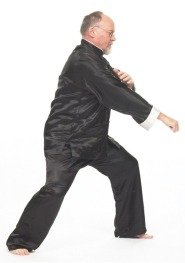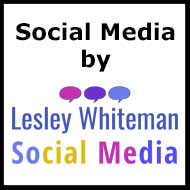Models for training, practice and life
Many intellectual and emotional models all congruent with each other integrated in a body trained in their principles, which demonstrates the sum of those models and physical practice. Physically the ability to propagate waves through the body emanating from the centre by integrated segmental motion. This result could be considered an all-embracing model/demonstration and given a label – a model of models, a meta-model – is this description a Western version of chi?
The chi model is perhaps the external black box view – whereas all the other psychological, mechanical, biological etc. are internal. An ultimate paradox that the eastern model of the internal art is actually an external view.
Meridians
With any large and complex multi-technology system or network, e.g. electro, optical, mechanical, if one puts in a sufficiently large and broadband probe, then a readout will be achieved that represents the sum of the systems at that point and may well enable a link through the network to another probe or to specific parts of the system. It is likely that there will be patterns of such places in the network which appear linked, even though no one specific system goes directly along these pathways.
So chi may be regarded as the sum of all the systems – and in movement then chi = fluidity, grounding, centeredness, suppleness, resilience, etc. etc. If one part of the body is less integrated then power cannot be fully transmitted through it – causing a “block”.
Thus chi = breath = life = sum of all we are, and has varying facets depending on the perspective we use – e.g. physical, emotional, medical.
Thus tai chi – ultimate breath = the way of achieving maximum potential.
Tai Chi Chuan – ultimate boxing – the way of utilising our developed abilities in a fight in the best way.
The paradox is that we have to find the internal via the external.
Inner feeling is the measure we use to judge our body state but we need external help – by demonstration or manipulation to find it – or luck in identifying it and connecting the “right” feeling with powerful actions.
Our teacher can show us postures, movements, exercises with a view to our experiencing “that” feeling. The feeling itself cannot be transmitted directly so we have to go from inside our body to outside, then hope that the feeling experienced in the second body is close to that which the teacher is trying to explain. Since the feeling seems to be different for everyone and different at different stages, this becomes a recurring circle – in effect a spiral of learning. When we have identified the feeling we are looking for, then we can seek it in every movement and work with it to develop ourselves.
Change of state
What we are engaged in is creating a change of state within ourselves – i.e. changing the way our mind/body subconsciously behaves and responds to external and internal stimuli – we seek to change the way we are in the world and thus the way the world finds us in order to improve outcomes. It seems to be the change of state that is important for health, relaxation, long life, balance, speed, power etc. so that whether for health or martial arts we must first change ourselves most profoundly. Only when we have done this can we decide which aspect to focus on, with light training for health and ultimately more strenuous training to build greater strength for martial arts. Interestingly it is not a case of a once and for all change since once the direction has been changed then continuous developmental change seems to be possible almost to the very day we die.
These aspects are particularly difficult to understand from another dis-similar state, since we have great difficulty conceiving of any other way of being than that which we are used to. Especially since the training is often counter-intuitive and contrary to much mainstream thinking. The process is consequently often slow and one of gradually revealing possibilities.
By physical change of state I mean affecting the way the body actions are organised, the sequencing of muscle usage, the structural use of tendons and mechanical alignment, the sensitivity of the nervous system and the way it reacts to stimuli, the way we integrate the neuromuscular systems and the other less obvious sub-conscious internal activities. By mental change of state I mean developing a congruence of thought with external reality and our physical experience of the world, developing intellectual and emotional models on the basis of understood principles likely to lead to more positive outcomes – principles which are common across the mental/physical planes. Ultimately leading to a full integration of one’s being and realisation of self and of personal potential.






